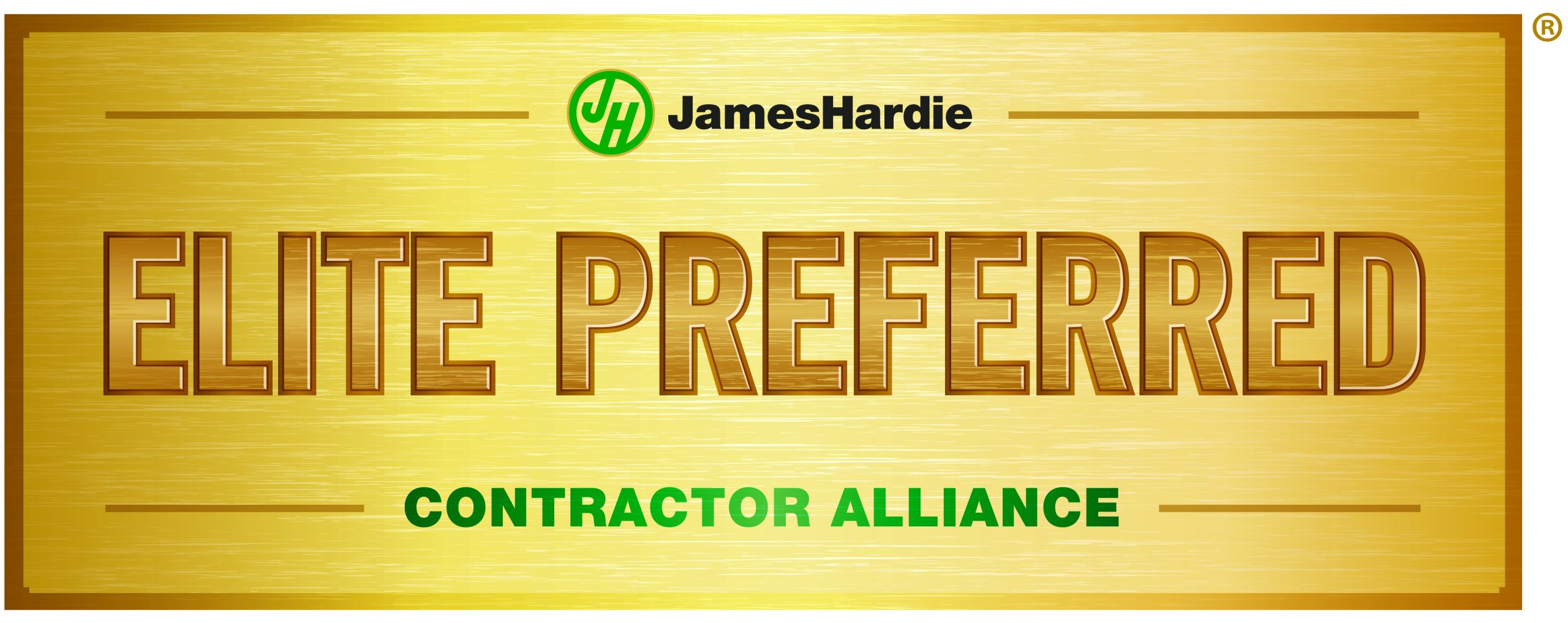If you’ve ever drawn a house as a kid, you’ve probably drawn a gable roof. It’s the classic triangle-shaped rooftop you see on homes across Northeast Ohio. Gable roofs are a hallmark of many architectural styles, from historic designs like Gothic Revival and Victorian to modern Craftsman homes.
From Canton’s historic neighborhoods to the newer builds out in Medina County, this traditional roof style shows up again and again for good reason—the triangular shape is not only iconic but also highly functional, especially in cold climates where efficient snow shedding is essential.
It’s simple, efficient, and reliable—a true workhorse in the world of residential roofing.
But what exactly is a gable roof, and why does it matter for your home? Here’s a straightforward guide.
Key Takeaways
- A gable roof features two sloping sides that form a ridge, creating a triangular end.
- It’s a common style in Northeast Ohio thanks to its weather resistance and ventilation benefits, offering better ventilation compared to some other roof styles.
- Gable roofs are affordable, easy to install, and ideal for asphalt shingles and other popular roofing material options.
- In contrast, flat roofs are another common roof style that are generally less weather-resistant but can be more affordable and provide additional usable space.
What Exactly Is a Gable Roof?
A gable roof is made up of two sloping planes that meet at a central ridge. The roof consists of these two pitched sides forming a triangular shape, which is a defining feature of various gable roof styles.
This simple gable roof structure does more than just look nice. The angles help snow and rain slide off easily, which is especially important in areas like Summit or Lake County where winter storms can pile up heavy snowfall in no time. Gable roofs are a classic example of pitched roofs, which are especially popular in regions with significant precipitation.
If you’re standing at the front of a home in places like North Olmsted, Hudson, or Mentor and you see a big triangle pointing skyward, you’re looking at a standard gable or front gable. It’s one of the oldest and most efficient types of gable rooflines around.
Pros and Cons of Gable Roofs
Like any type of roof, gable roofs have their strengths and drawbacks. Here’s a quick rundown:
Pros:
- Excellent drainage for rain and snow
- Affordable construction and roof maintenance
- Ideal for attic ventilation and vaulted ceilings
- Works well with asphalt shingles and other materials
- Provides more attic space and better use of interior space
- Gable roofs are weather resistant when constructed with appropriate materials and bracing
Cons:
- Vulnerable to high wind uplift if not properly braced
- Gable roof disadvantages include less stability in wind-prone areas
- Cons gable roofs face include vulnerability without diagonal bracing
- Gable roofs can be susceptible to wind damage in areas with high winds if not properly supported
In Cuyahoga County neighborhoods where homes are exposed to lake winds, proper bracing and certified installation (like what we offer at Royalty Roofing) can make all the difference. For homes in these areas, prioritizing weather resistance and wind resilience is essential to protect against wind damage and ensure long-term durability.
Why Gable Roofs Are Popular in Northeast Ohio
Northeast Ohio homes face all kinds of weather—lake-effect snow in places like Lorain, heavy summer rain in Cleveland suburbs, and strong winds rolling in across wide-open areas like Wayne County. Gabled roofs handle it all well. Their pitched roof design naturally sheds water and snow, reducing the chances of leaks or structural stress.
Plus, their open attic space allows for solid ventilation. That matters in towns like Ravenna or Brunswick, where hot, humid summers can create moisture issues without proper airflow through gable vents.
Another reason many homeowners prefer gable roofs? Cost. Gable roofs tend to be easier and faster to build than more complex roof structures.
Exploring Types of Gable Roofs
There are many types of gable roofs beyond the basic design: These variations in gables contribute to the unique appearance and function of each home.
- Cross gable roof: Two gable roof sections intersect, forming an L- or T-shaped layout. Cross gable roofs are popular for their increased attic space and architectural interest, making them great for larger homes.
- Dutch gable roof: A hybrid between a gable and hip roof. This dutch gable design adds style and improves ventilation.
- Box gable: Features overhanging eaves and a closed-in triangular extension. Common in colonial style homes.
- Side gable roof: A standard gable roof with the triangle on the sides, creating a rectangular shape.
- Open gable: The gable ends are left exposed, offering a more traditional appearance.
- Gambrel roof: Similar to a gable, but with two slopes on each side. Often seen on barns or farmhouse-style homes.
- Mansard roof: Not technically a gable, but offers more interior space and an elegant French-inspired style.
- Flat roof: While not pitched, it’s an alternative roof style used on modern homes, though it offers less attic space.
Each gabled roof style offers distinct benefits for different home designs, allowing homeowners to choose the best option for their architectural needs and regional climate.
Best Materials for Gable Roofs in Local Weather
Asphalt shingles are a top pick for gable roofs in Northeast Ohio. They’re durable, budget-friendly, and work well with the roof’s slope and simple gable roofs.
Metal roofing is another strong contender. It sheds snow fast and holds up well in severe weather, especially for cross gable or dutch gable roofs. We often recommend them in rural or wooded areas like Portage and Wayne counties where tree debris and ice can be an issue.
For those looking for something rustic, cedar shake adds natural character, especially to gable roof designs on colonial or craftsman-style homes. A-frame homes, with their steeply pitched gable roofs, are a classic example of how roof design and material choice work together for both function and style.
Maintenance Tips for Gable Roofs
Gable roofs are relatively low-maintenance, but a little attention goes a long way. Here are a few tips to keep yours in good shape:
- Inspect regularly: Especially after storms or seasonal changes common in this region
- Clear debris: Remove leaves and branches from flat surface areas or near overhanging eaves
- Check attic ventilation: Ensure gable vents are clear for airflow
- Schedule inspections: Let certified pros like our team at Royalty Roofing give it a check-up
These small steps can extend the life of your roof and prevent costly repairs down the line.
Gable vs. Hip Roof: What’s the Difference?
The added slopes of a pyramid roof or hip roof give it better wind resistance, but it also makes construction more complex and expensive. A gable roof, by contrast, is more cost-effective and allows for larger attic space—something many homeowners value in older communities like Massillon or Euclid where attic space is often used for storage or converted living areas.
If you’re in an area like Geauga or Wayne County where heavy snow is a bigger concern than wind, a gable roof is usually the smarter choice.
Should You Choose a Gable Roof for Your Next Project?
If you’re building a new home or replacing an old roof, a gable roof is a smart, dependable choice. Its simple gable roof design, effective drainage, and affordability make it well-suited to the demands of Northeast Ohio living.
Plus, when you work with a certified roofing contractor like Royalty Roofing, you get the added peace of mind that your gable roof will be properly installed and built to last—no matter the weather off Lake Erie or the freeze-thaw cycle in the hills of Medina.
Want to see if a gable roof is right for your home? Schedule a free inspection and talk it over with our experts.
FAQs
What is the purpose of a gable roof?
To provide effective water runoff, attic ventilation, and a simple, affordable roof design that works in a variety of climates.
Are gable roofs good for snowy areas like Northeast Ohio?
Yes. Their pitched shape helps snow slide off more easily, reducing the risk of buildup and leaks.
Can a gable roof handle strong winds?
It can, but proper bracing and certified installation are important. In high-wind areas, diagonal bracing may be needed.
What materials are best for gable roofs?
Asphalt shingles, metal roofing, and cedar shake are excellent choices, depending on your budget and local conditions.
How often should I inspect my gable roof?
At least once a year and after major storms. Spring and fall are great times to schedule an inspection.






